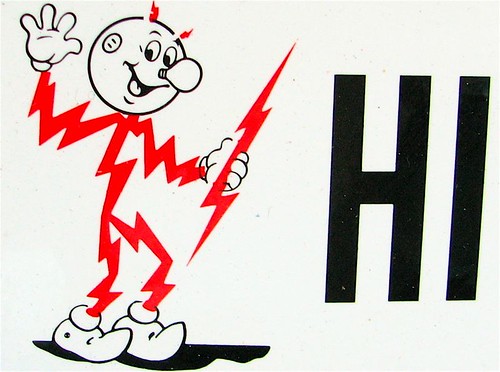Past Tense
1.Simple past is used for describing acts that have already been concluded and whose exact time of occurrence is known. Furthermore, simple past is used for retelling successive events. That is why it is commonly used in storytelling.
Simple past is formed for regular verbs by adding –ed to the root of a word. Example: He walked to the store. A negation is produced by adding did not and the verb in its infinitiveform.
The pattern :
The pattern :
(+)Subject + verb II + complement
(-)Subject + did not + verb II + complement
(?)Did + subject + verb I
The examples :
(+)I went to Banjarmasin last night
(-)I did not go anywhere yesteray
(?)Did you go last month?
Adverbs used : yesterday, last night, last week, two days ago, a few minutes ago, last weekend, last month, last year, in 1984, etc.
2.Past Continuous Tense is a kind of tense that is used to describe an event or an actionwhich was happening in a certain time in the past.
The pattern :
(+)Subject + was/were +verb-ing+ complement
(-)Subject + was not/were not+verb-ing+ complement
(?)was/were+ subject + verb-ing+complement
The examples :
(+)He was writing a letter at eight o’clock last night
(-)He was not writing a letter at seven o’clock last night
(?)Were you writing a letter at eight last night?
Adverbs used : at the time like this yesterday, at seven o’clock last night, etc.
3.Past Perfect Tense is a kind of tense that is used to describe an action or an event that started in a certain time in the past and completed or finished till certain time in the past too; or past perfect tense is used to express an action or an event that had happened before the other event or action happened.
The pattern :
(+)Subject + had+verb III+cmplement
(-)Subject + had not+ver III+complement
(?)Had + subject +verb III+complement
The examples :
(+)We had eaten before they came
(-)They had not eaten before we came
(?)Had they eaten before we came?
Adverbs used : from 1998 to 1999, once, twice, etc.













